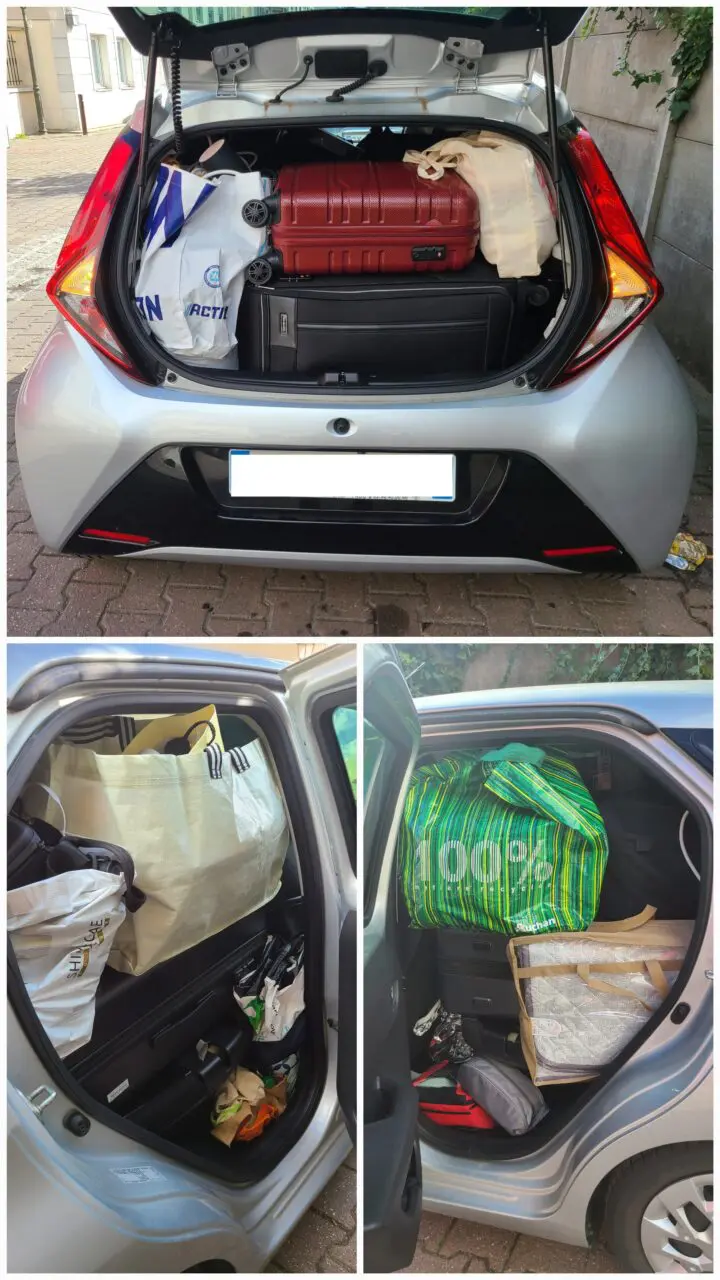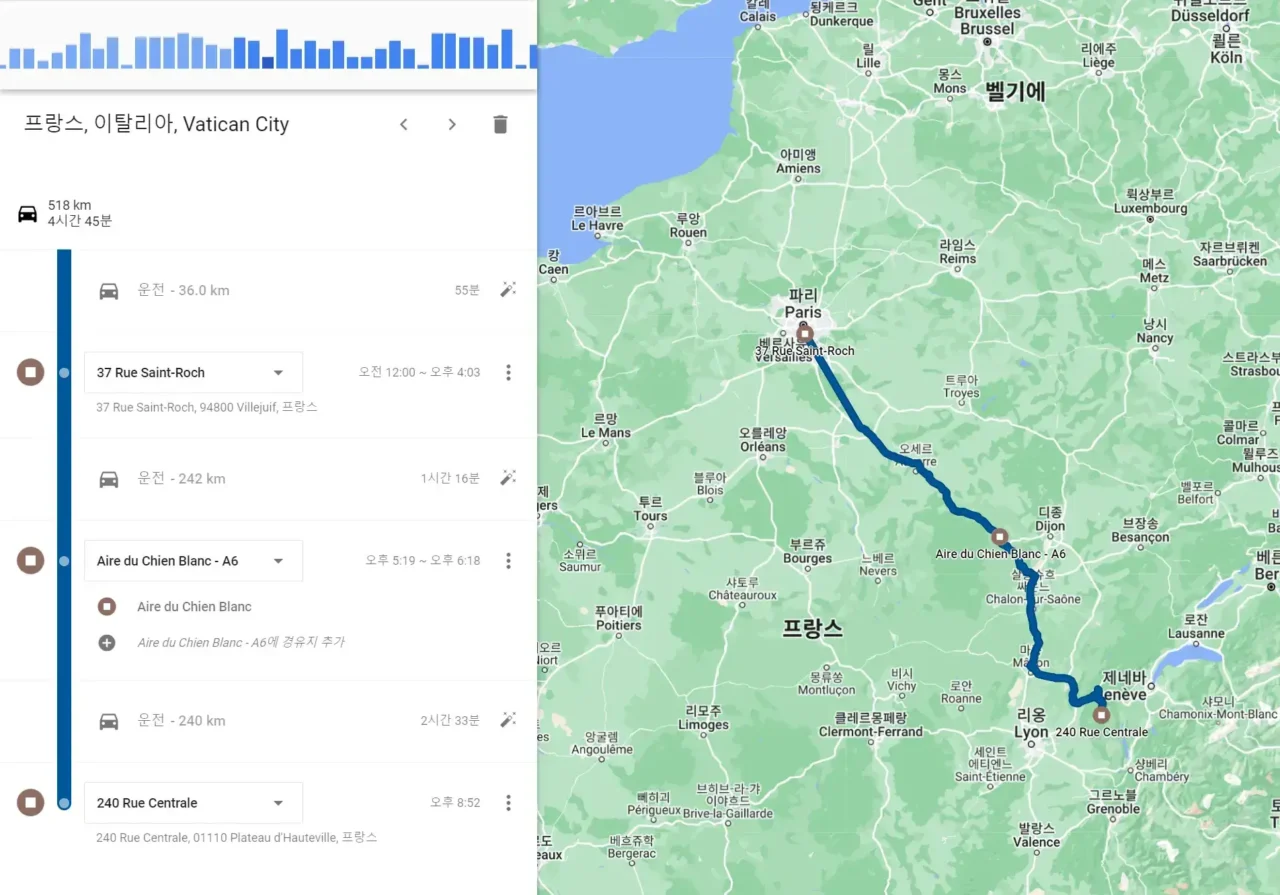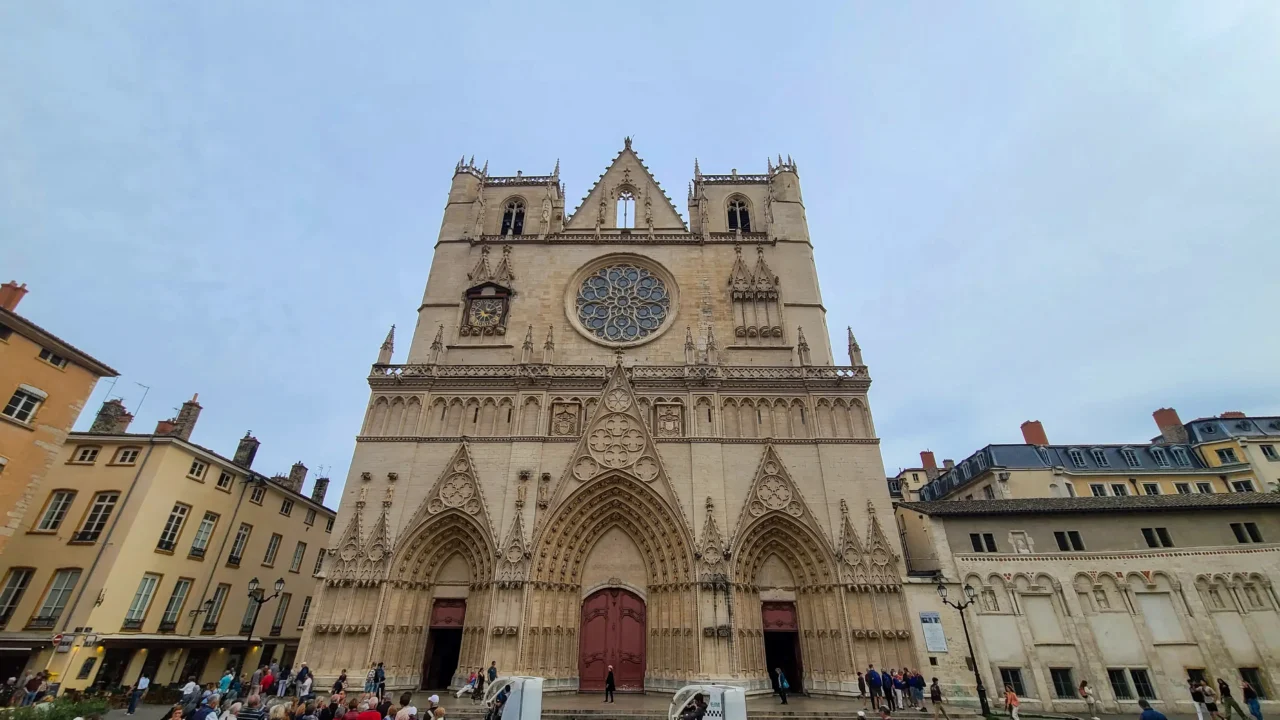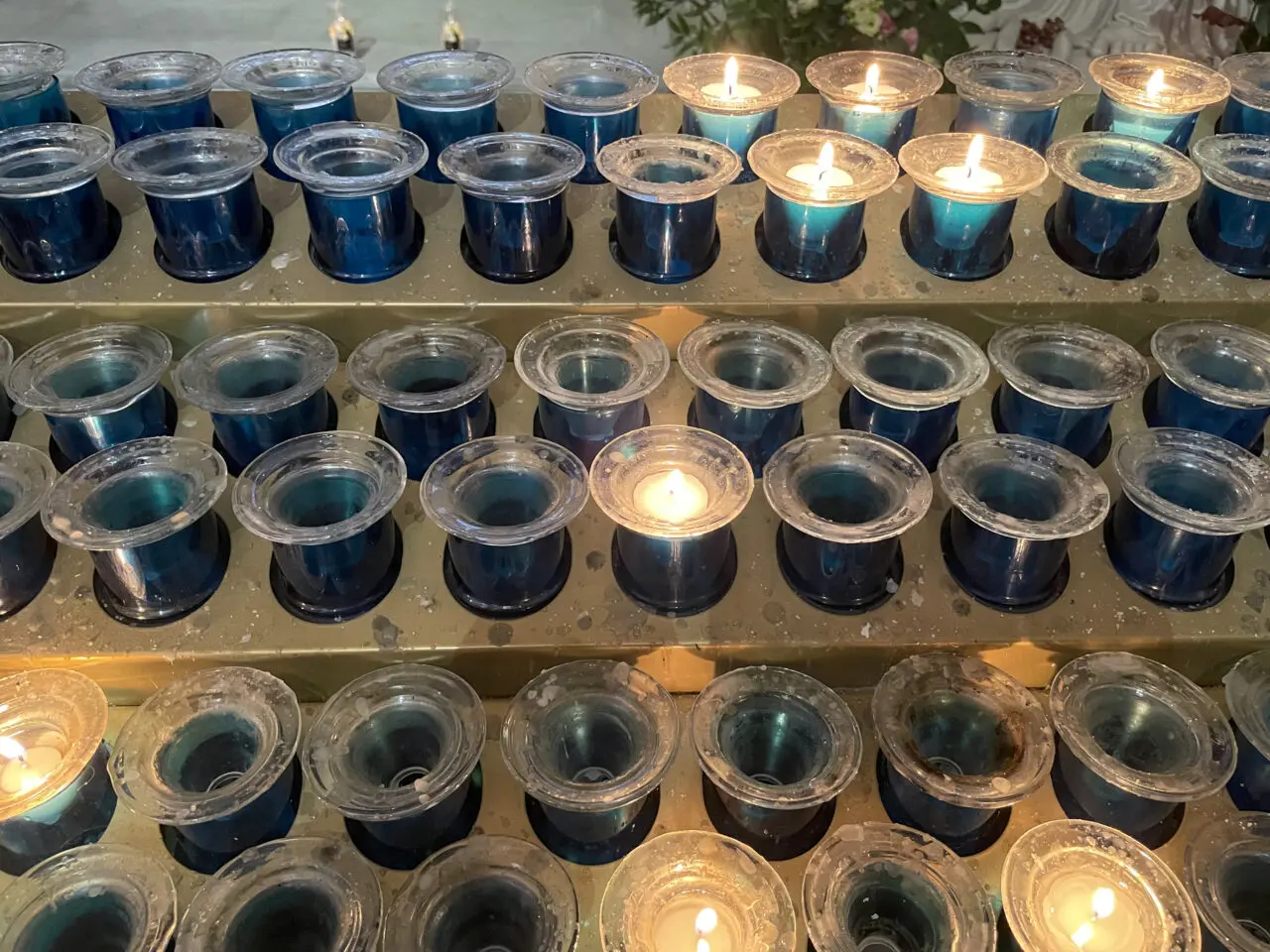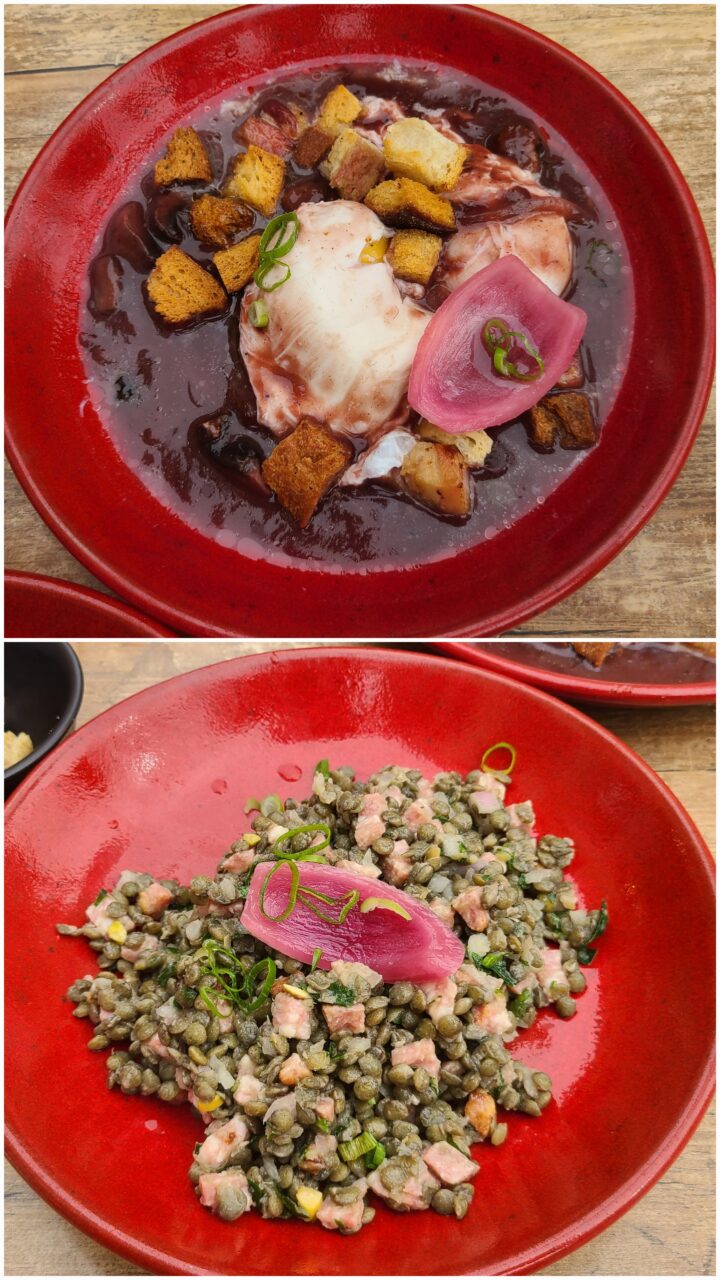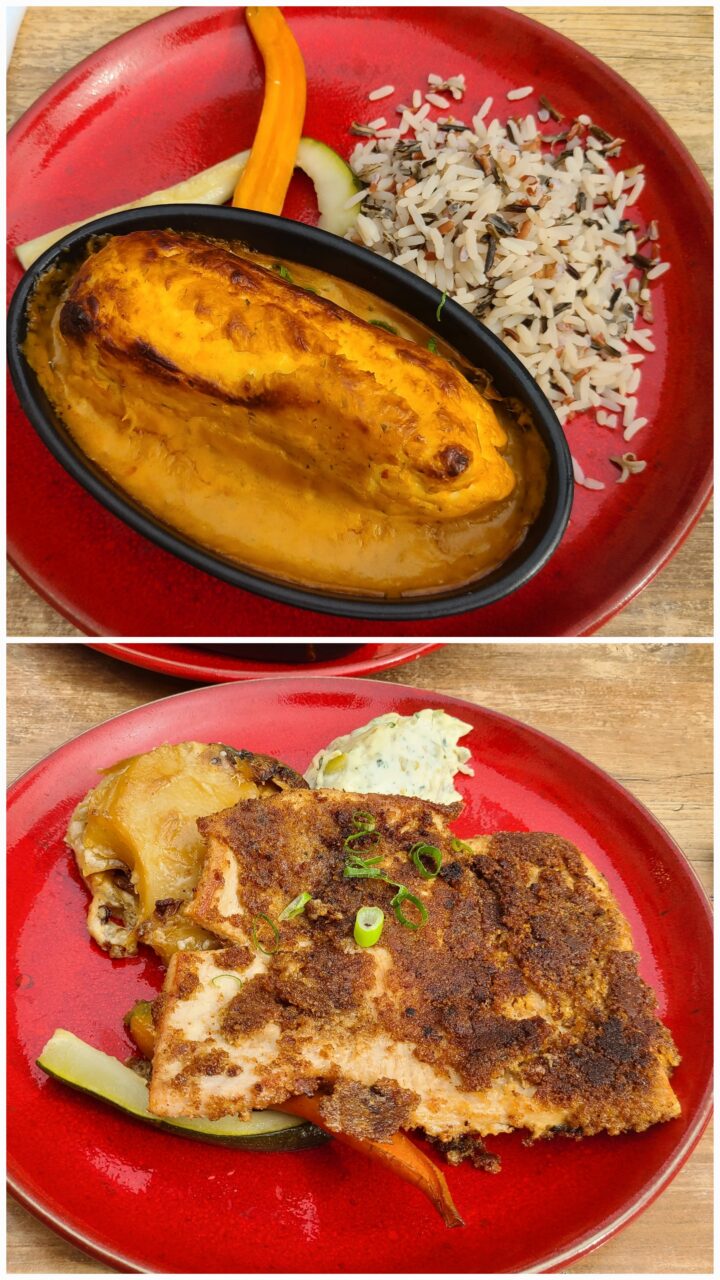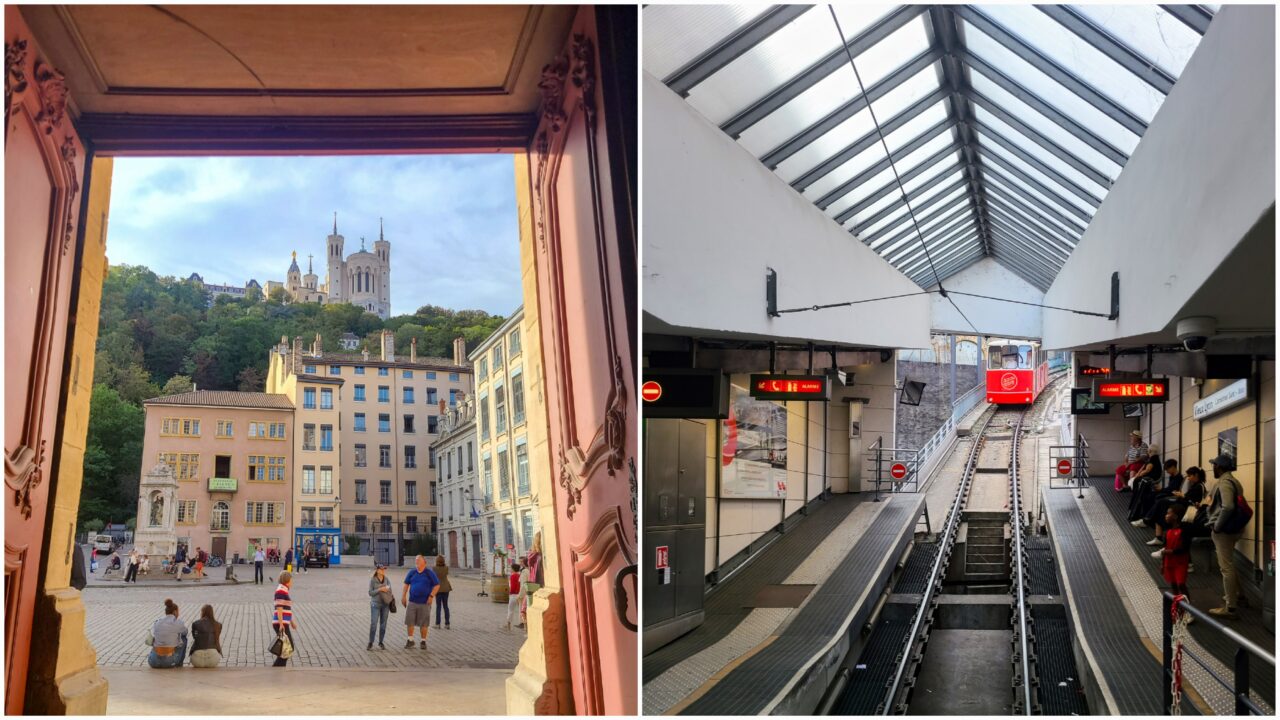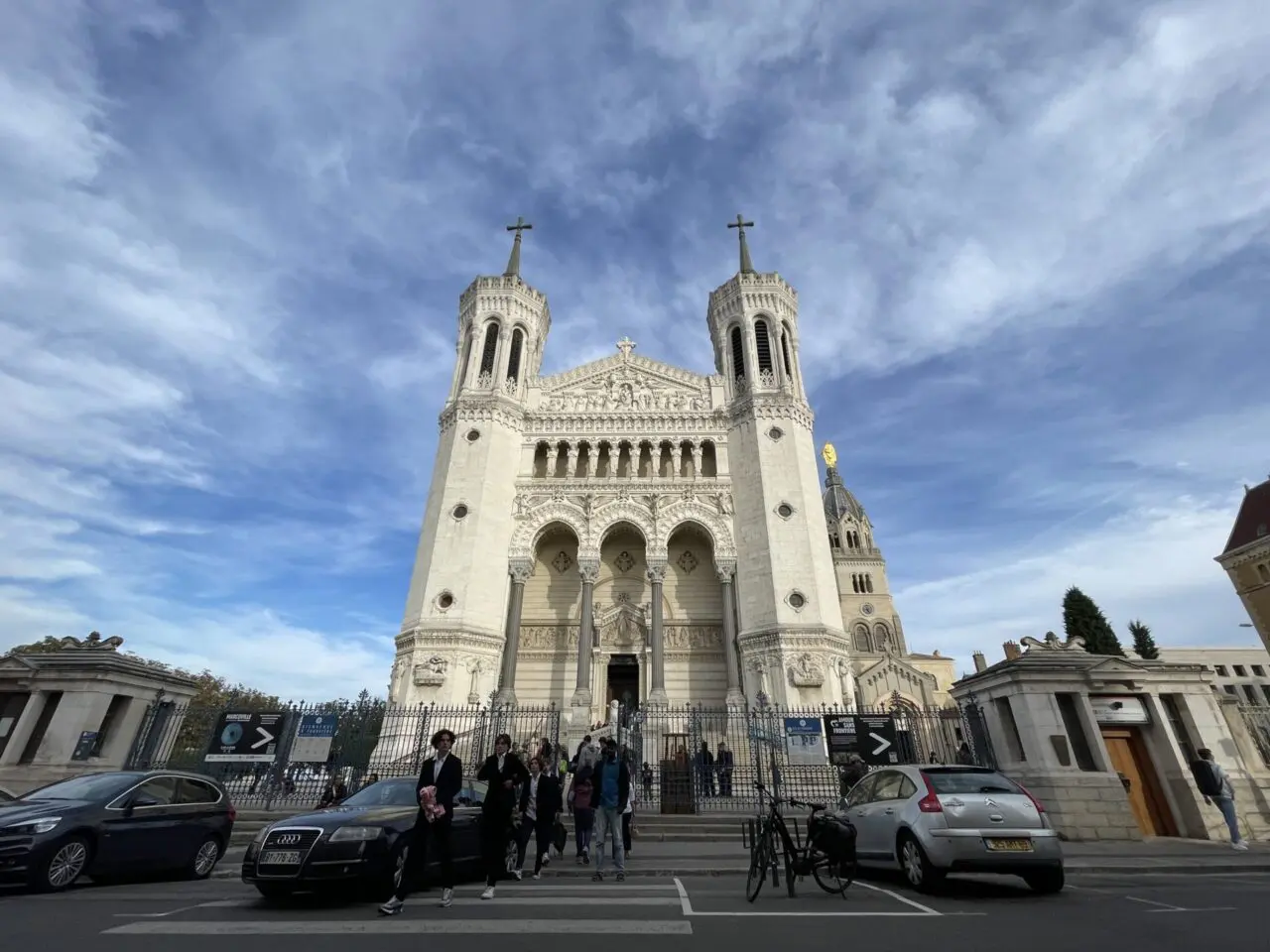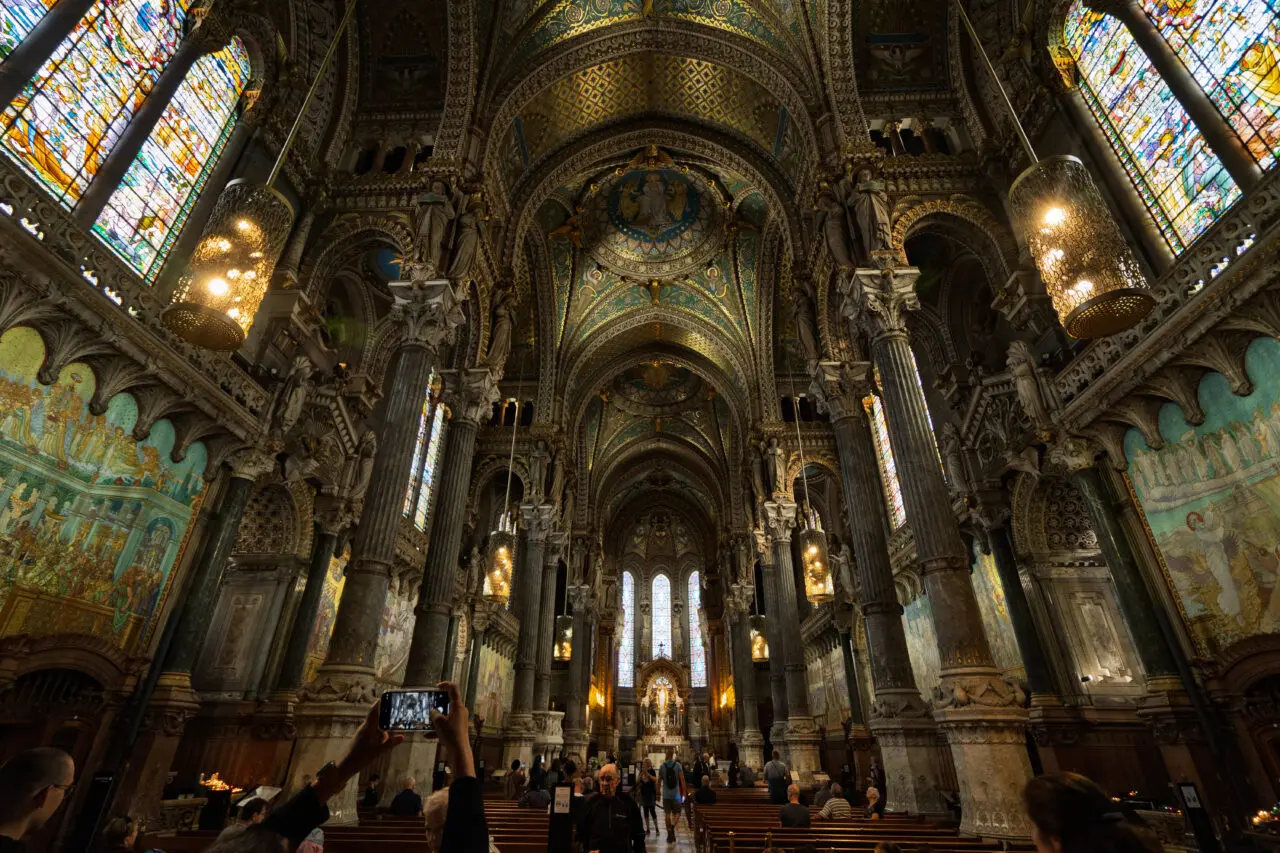We’re setting off from Paris with all this luggage, bound for Lyon as our first destination. Three 28-inch suitcases, one 20-inch carry-on, a 40L duffel bag, and three to four shopping bags stuffed to the brim, plus miscellaneous bits and pieces. You can read about how we ended up in this predicament in 🔗[this post I’m still working on but will upload soon].
Cramming this much stuff into a compact car is no joke. We had to utilize not just the trunk but the entire backseat as well. It was like playing an extreme game of Tetris, maximizing every inch of available space. Trust me, if you’ve ever tried to pack a month’s worth of stuff into a compact car, you’ll feel our pain. Thank goodness we at least managed to keep the driver and passenger seats clear—otherwise, we might have found ourselves buried alive under our own luggage while trying to drive.
1. Off to Lyon!
518 kilometers and nearly 5 hours of driving later, we finally reached our accommodation. Having driven in France, Italy, Spain, and Portugal, I can confidently say Europeans are excellent drivers. What impressed me most was their razor-sharp lane discipline. The left lane is strictly for overtaking—you won’t find any “cruise control campers” hogging the fast lane like you do in Korea. There’s a reason these are considered developed countries.
Our accommodation was situated between Lyon and Chamonix, since Chamonix was our next destination. We booked it because it was cheap, but it turned out to be perched on a mountaintop. We trembled our way up winding mountain roads in the dead of night, reminiscent of climbing Korea’s treacherous Daegwallyeong Pass (a notorious mountain road back home). The place was called 🔗L’appart de lônes—click if you’re curious. The place itself was lovely. Two nights and three days cost us around 110,000 won (about €80).
After unpacking and getting some sleep, we leisurely headed to Lyon the next morning. That red car reversing at the toll booth caught my eye. We parked at one of the cheaper parking lots on the outskirts (around 2 euros per hour) and took the metro. A 24-hour pass cost about 6-7 euros.
What a modern metro system! It puts some of Paris’s aging lines to shame—even more comfortable than Seoul’s Line 2 subway (which is pretty decent by Korean standards). We got off at Vieux Lyon – Cathédrale Saint-Jean station on the D line (yellow, Line 4) and walked toward Old Lyon (Vieux Lyon).
2. Lyon Cathedral (Cathédrale Saint-Jean-Baptiste)
The first thing you see is Cathédrale Saint-Jean-Baptiste, Lyon Cathedral. True to my self-proclaimed title of “weather fairy”, the sky was absolutely perfect when I arrived. The gloomy atmosphere suits it perfectly.
Since knowledge is power, here’s a quick summary of the cathedral’s key features:
- A fascinating blend of Romanesque and Gothic architectural styles
- Built over several centuries, from the 12th to 15th centuries (construction began in 1180)
- Features an astronomical clock from the 14th century with animated figures that move at specific times
- Houses a stunning Gothic stained glass Rose Window
- Serves as the cathedral seat of the Archbishop (hence “Cathedral”)
- The wedding venue for French King Henry IV and Marie de’ Medici in 1600
- Listed as a UNESCO World Heritage site in 1998 alongside Old Lyon
- Free admission
- Best visited during daytime to catch the animated clock figures in action
You can see the windows clearly. Since Romanesque came first historically, but the ceiling was added last, it ended up Gothic. The walls were built thick, doors and windows in semicircular arches, with simple geometric columns following Romanesque style, until the Gothic trend started in the late 13th century. Then they added pointed arches to doors and windows for a lighter feel, incorporated stained glass, and finished with ribbed vault ceilings. This blend of two styles elevated its historical and artistic value considerably.
Here you can see candles lit by visitors who made a 1-euro donation. I’m non-religious and my girlfriend is a casual Catholic, but we dutifully pay and light candles every time we visit a church. Simply because we want to. A-men.
3. Lunch at Auberge des Canuts
I had a restaurant bookmarked with a specific dish in mind. We walked across Old Lyon (Vieux Lyon) to get there.
Buildings from the 15th-17th centuries line both sides of the street. This time it’s a mix of Gothic and Renaissance styles. The entire neighborhood was designated a UNESCO World Heritage site in 1998 along with the cathedral, since you can see the architectural evolution from medieval (Gothic) to early modern (Renaissance) periods at a glance. For reference, the early modern period includes the Renaissance (14th-16th centuries), Age of Exploration (15th-17th centuries), Protestant Reformation (16th century), Absolute Monarchy (17th-18th centuries), and Scientific Revolution (16th-18th centuries). Being from a science background, I’m not too familiar with all this.
The restaurant I had bookmarked was closed despite Google Maps showing it as open. We circled back and sat at an outdoor table in front of the cathedral.
The restaurant is called Auberge des canuts – Bouchon Lyonnais. You can find a detailed review in my 🔗comprehensive post about Auberge des canuts – Bouchon Lyonnais with analysis of 1000 reviews. Definitely check it out if you’re curious about traditional Lyon cuisine.
4. Basilique Notre-Dame de Fourvière
From the Lyon Cathedral exit, we headed to the Basilique Notre-Dame de Fourvière visible on the hill. You can walk up, but we didn’t bother. No point in rejecting the benefits of civilization. We’re saving our legs for the long journey ahead.
The 24-hour transport pass includes the funicular (Funiculaire). This isn’t exactly a new town, but everything I rode was brand spanking new.
It feels more ornate and sophisticated than Lyon Cathedral. Let me break it down:
- Located on Fourvière Hill, hence “Fourvière Basilica”
- Also called Lyon Notre-Dame Basilica
- Blends Neo-Gothic and Neo-Byzantine architectural styles
- Construction began in 1872 and completed in 1896
- Features four towers and a domed roof, giving it a fortress-like appearance
- Extremely ornate interior with walls and ceilings decorated in gold mosaics
- Houses the Golden Virgin statue (Statue de la Vierge Dorée), protector of Lyon
- Offers the best panoramic view overlooking all of Lyon
- Built to thank the Virgin Mary for saving Lyon from the plague in 1643
- Listed as a UNESCO World Heritage site in 1998 alongside Lyon’s old town
- Free admission
- Best visited around sunset for incredible sunset and night views
It’s definitely ornate. The feeling when you first step inside is completely different. Maybe it’s the green ceiling, but it feels cozy. While it doesn’t quite reach Vatican or Sagrada Família heights in my book, but it was genuinely impressive. Maybe because I visited Lyon Cathedral first with no expectations?
Isn’t this the classic Lyon postcard view? It would have been even prettier with sunlight bringing out the roof colors, but it’s still quite spectacular. The wide-open vista is refreshing.
5. Wrapping up Lyon
One promise I made while planning this month-long compact car journey was not to tour attractions like homework assignments. I had to drive, sightsee, and work—basically everything. In a way, it was less like a pure vacation and more like a digital nomad lifestyle: moving from place to place, working when needed, and sightseeing when time allowed. The trip wasn’t particularly intense, but precisely because of that, it became more memorable than any other journey I’ve taken.
Lyon was the starting point of this life-changing trip. Now it’s time to head to Chamonix, the turning point of our adventure.
Additional Tips
- Other Lyon viewpoints: Besides Fourvière Hill, you can get different angles of the rivers and city from Croix-Rousse district or certain viewpoints in Presqu’île. They offer a unique charm worth visiting if you have time.
- Festival seasons: Lyon is famous for its Festival of Lights (Fête des Lumières). The entire city becomes dazzlingly illuminated, so don’t miss it if you’re planning to visit during this period.
- Day trips: Easy access to Avignon and Aix-en-Provence. Also convenient for getting to Chamonix, our next destination.
 English
English Français
Français 한국어
한국어